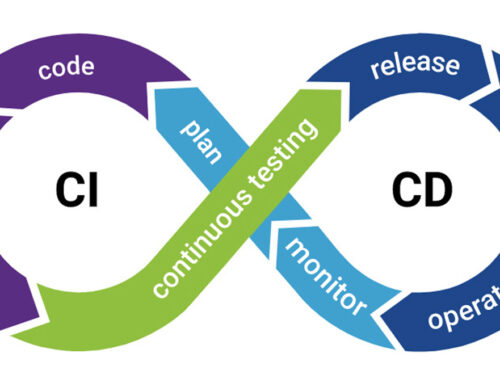In today’s digital world, businesses of all sizes are looking to leverage the many benefits of cloud computing. However, migrating to the cloud can be a complex and challenging process.
In this article, we’ll discuss the top strategies and best practices to ensure a smooth and successful cloud migration. By following these guidelines, you can minimize downtime, reduce costs, and maximize the advantages of your new cloud-based infrastructure.
Assess Your Current IT Environment
Before starting the migration process, it’s crucial to analyze your existing IT infrastructure. Identify the applications, data, and resources that need to be moved to the cloud.
Determine which applications can be migrated as-is, which need to be reconfigured, and which should be replaced with cloud-native alternatives. This assessment will help you create a prioritized migration plan and set realistic expectations for the process.
Choose the Right Cloud Service Provider
Selecting a cloud service provider that best fits your organization’s needs is crucial. Consider factors such as cost, compatibility with your existing infrastructure, data security, and compliance requirements.
Major providers like Amazon Web Services (AWS), Microsoft Azure, and Google Cloud Platform offer a wide range of services and tools, so carefully evaluate each provider’s offerings to determine the best fit for your business.
Develop a Detailed Migration Plan
A well-defined migration plan is essential to ensure a smooth transition to the cloud. This plan should outline the order in which applications and data will be migrated, the required resources, and a timeline for completion.
It’s also important to identify any potential risks and develop contingency plans to address them. Engage all stakeholders, including IT, business teams, and end-users, to ensure everyone is on board with the plan.
Implement Security and Compliance Measures
Data security and regulatory compliance are top concerns for businesses migrating to the cloud. Be proactive in implementing security measures such as encryption, access controls, and intrusion detection systems. Additionally, ensure that your chosen cloud provider complies with any industry-specific regulations and standards applicable to your organization.
Adopt a Phased Migration Approach
Instead of migrating everything at once, adopt a phased approach to minimize disruption to your business operations. Start by migrating less critical applications and data, then gradually move more essential components as you gain experience and confidence in the process.
This approach also allows you to test and refine your migration strategy and address any issues before moving business-critical applications.
Monitor and Optimize Post-Migration
Once your migration is complete, continuously monitor the performance and availability of your cloud-based applications and resources.
Use analytics tools to identify areas for optimization, such as improving resource utilization or adjusting auto-scaling configurations. Regularly review your cloud infrastructure to ensure it remains aligned with your business goals and requirements.
Conclusion:
Migrating to the cloud can be a transformative move for your organization, offering increased flexibility, scalability, and cost savings. By following the strategies and best practices outlined in this guide, you can ensure a seamless transition and maximize the benefits of your new cloud-based infrastructure.
Remember, successful cloud migration is an ongoing process that requires continuous monitoring, optimization, and adaptation to the ever-evolving technology landscape.












